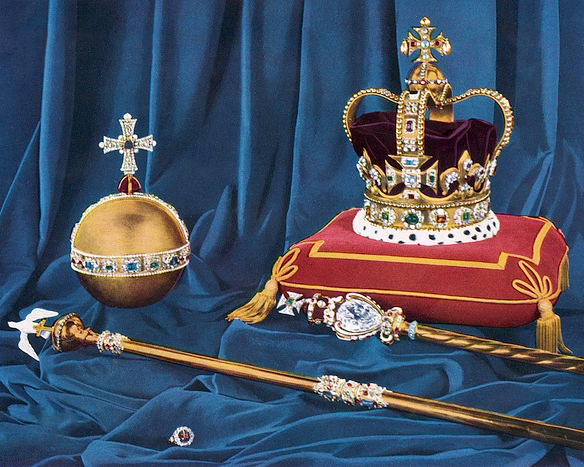The coronation of Charles III and his wife Camilla as king and queen of the UK and the other Commonwealth realms in Westminster Abbey in London continues the long tradition, dating back to its roots in 973 AD, of formally investing the new monarch with regalia and crown. The most recent coronation took place on 2 June 1953 when Charles’s mother, Elizabeth II, was crowned Queen more than year after her accession to the throne on the death of her father King George VI.
The other royal houses of Europe have abandoned the coronation ceremony leaving the British Royal family to be the last to keep the tradition alive. A coronation is a purely symbolic formality as it does not signify the start of the monarchs reign which commences at the moment of the preceding monarchs death, thus maintaining the legal continuity of the monarchy itself.
The ceremony itself has remained largely unchanged for the past thousand years with the sovereign being presented to the people, then swearing an oath of uphold the law and the Church and then being crowned. It is an extremely rare opportunity to see a royal family in all its pomp and circumstance taking part in it’s most important rite.



